Marcel Heijnen is a Dutch photographer who has lived and worked in Asia since 1992. He now divides his time between Amsterdam and Hong Kong. He has become well known for his photographs of cats that live in shops and markets. The owners of the cats in this book think that they bring good luck, and the cats have a comfortable life, not at all dirty or starving, rather the opposite.
I bought one of his photo books, Shop Cats of Hong Kong, to see more of his photographs.
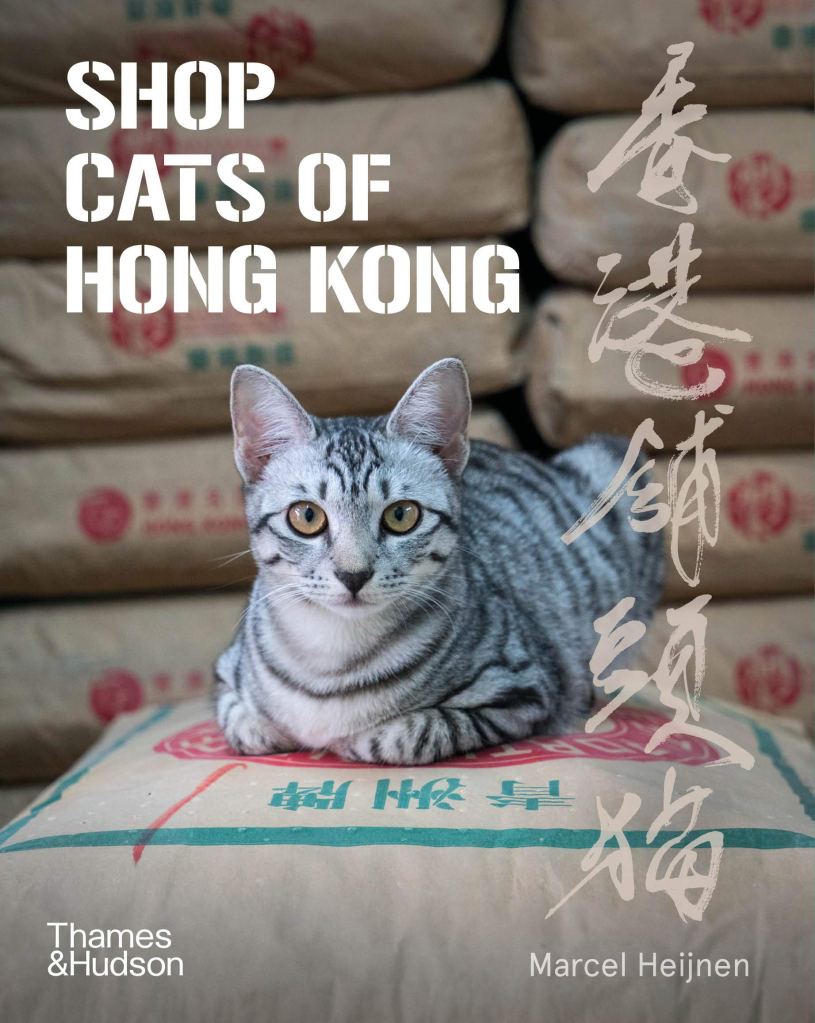
Photography is art
While reading it, I wondered what the artistic value of photography is. Is it simply a way of recording the world, or is it art? Is it simply the output of technical skill, or of being in the right place at the right time, or is it about what the photographer is trying to say?
Going by the accepted definition of art, photography is visual art, since it it a conscious creation that uses skill and imagination to produce objects that are beautiful, or perceived as beautiful, and which expresses an idea through manipulation of the composition, the subject, light, colours, textures, etc.
When the photograph is of a person, the photographer has the same three criteria to meet, as a portrait artist has when they are painting a subject: 1) it has to look like the subject or recognizably be the subject; 2) it has to be technically proficient, and 3) it has to show the essence or the character of the subject.
The essence of the subject
Considering these criteria, which of the three famous photos of Marilyn Monroe, below, would you say meets all three criteria? I think the one on the left, by George Barris, because it tells a bit of her story, by showing her natural beauty and vulnerability.
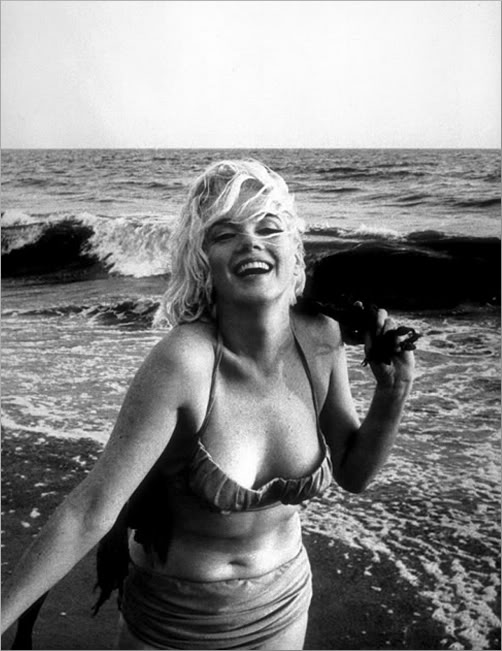
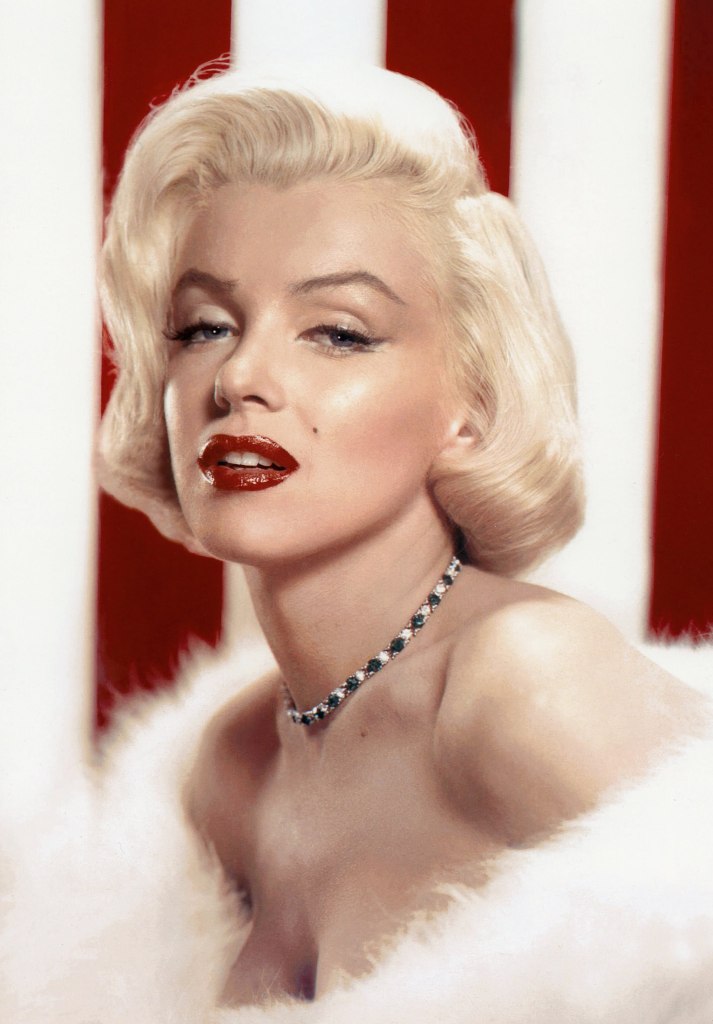
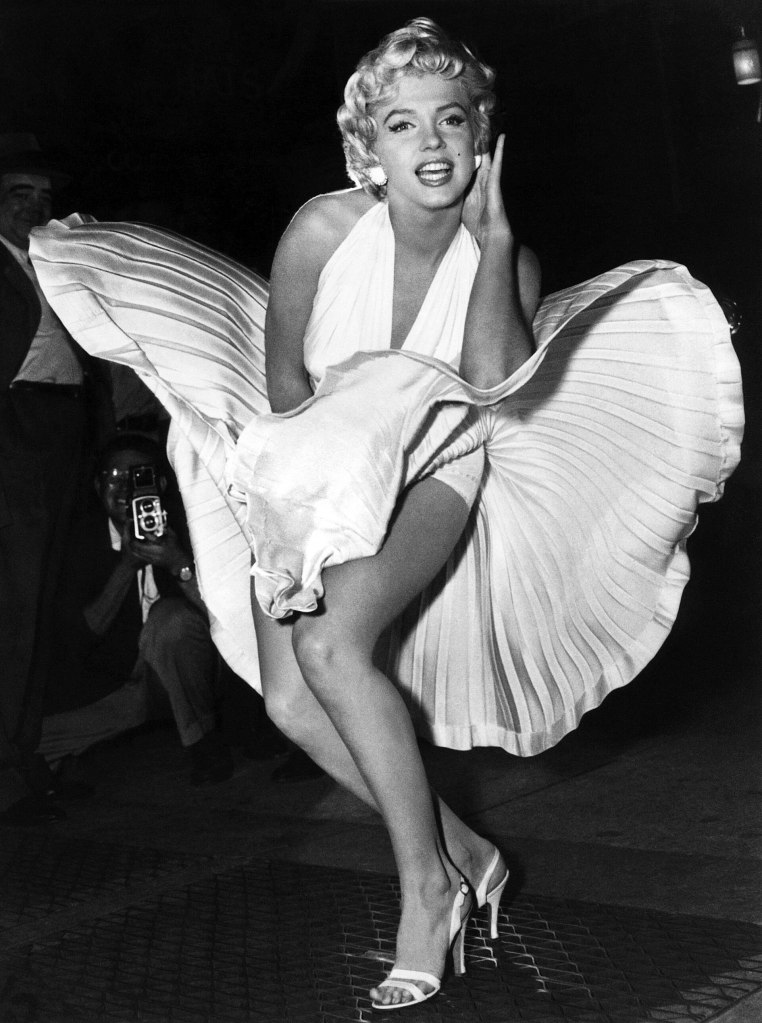
Heijnen’s subjects in these photos are cats, their owners or carers, and the shops where they live. In the same way as a painting of a person can reveal their character, Heijnen shows the characters of the cats in the way that he takes their photos and places them in context.
The photographs – photographic portraiture – do not have captions that say which shop it is, or what the shop-owner sells. Some of the places look very grand, and some totally shambolic. And often I wondered at the odd-looking things in bags that they display or stock.
How to comment on a cat
The subjects are the cats, and the cats are lovely, so posed, and just so perfectly feline, the successors of ancient cat gods. It struck me that the cats might have been looking at a king, the photographer, but they were quite comfy doing so. In many of these photos, they look directly at Heijnen.
To express the ideas behind each perfect cat portrait, they are accompanied by clever, witty, and observant haiku written by Ian Row. Whenever I looked at a picture and was wondering what was going on in it, the accompanying haiku would give me a clue to the cat’s story.
Forms of haiku
In the Introduction, Catharine Nicol points out the long-standing contradiction between Western or English-language haiku, and original Japanese haiku. She explains that a traditional (Japanese) haiku is made up of 3 lines and 17 sounds – not syllables. The 5-7-5 syllable and three-line rule for haiku is a Western imposition on the form.
What defines a haiku is not the syllables or the line length, or even the sounds, but that it depicts the “unfolding” or development of a story. Therefore, each of Ian Row’s haiku in the book unfolds, or reveals, a story, and is in the short-long-short line format, but does not have the 5-7-5 syllable structure.
The cat in the photo (p. 47) on the right is called Dao Ding, meaning Little Bean. Isn’t that sweet? The haiku accompanying the image top, left (p. 70), is:
She's crazy
Not just today but ALL THE TIME
Help me
Haiku with image, bottom (p. 100), left:
Let's try something new:
how to think outside the box
without stepping out
The book therefore does not rely entirely on the aesthetic impact of the photos. I think that if Marcel Heijnen (a.k.a Chinese Whiskers) had published it with only the photos, and no introduction or other text, it would have worked as well. His photos are technically excellent, but also reveal his voice as an artist. (Obviously, the images in this post do not reflect the quality of the images in the book, or the quality of the print job. The printing is good; a reasonably heavy, paper stock, high resolution, and deep colours.)
He has a painter’s eye for composition, colour and tone. He caught the cats in amusing poses, spotted where they had hidden themselves, and shown them with their best features on display. But perhaps he thought he needed something more to meet all three criteria for successful portraits – even if they are of cats – and therefore partnered with the poet, Ian Row.
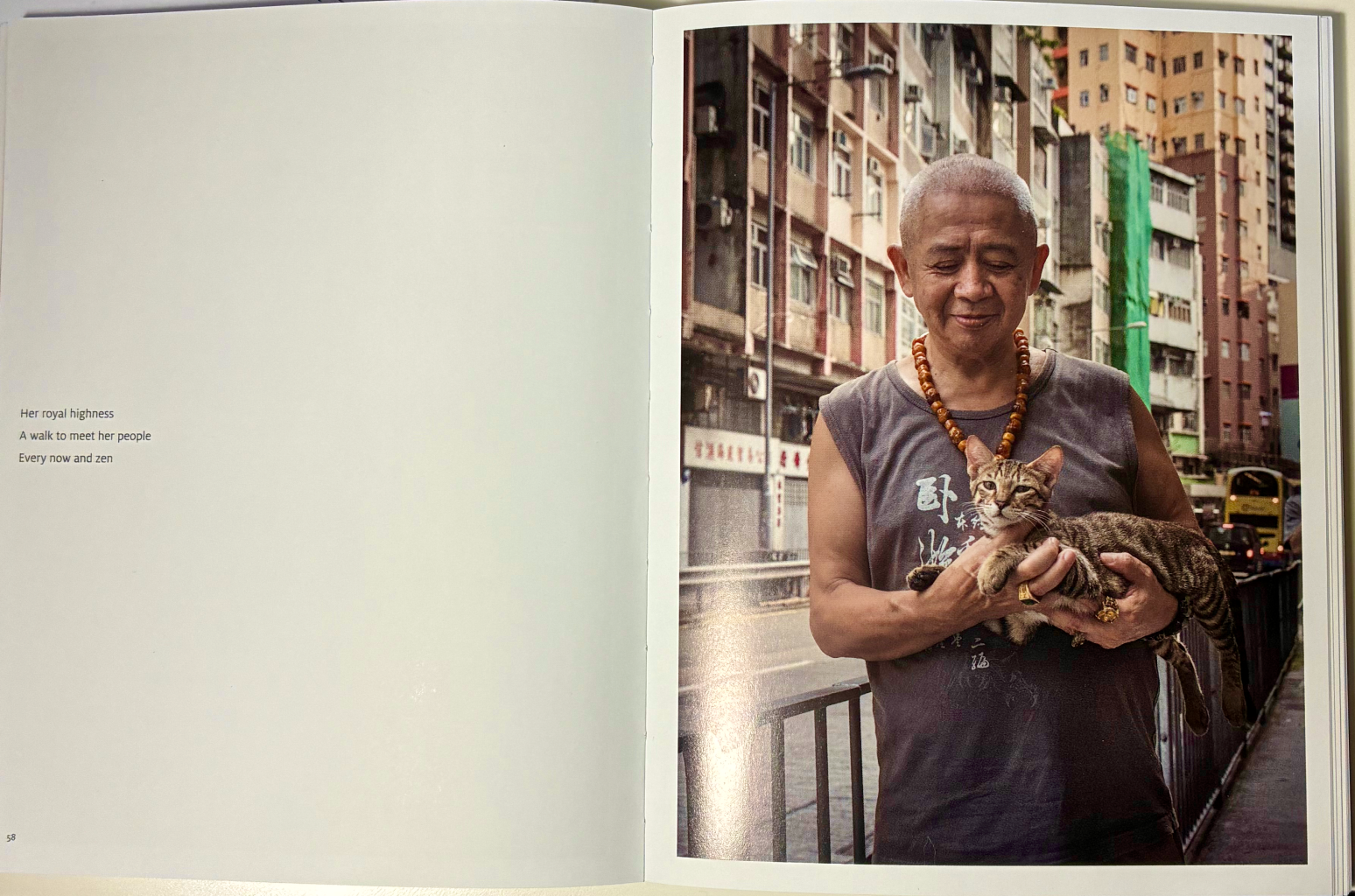
Her royal highness
A walk to meet her people
Every now and zen
Haiku by Ian Row, Shop Cats of Hong Kong, p. 58
Lasting significance
Is it worth the effort to buy and read a book which consists of just 159 pages of beautiful cat photos and poems? Once you have paged through it, what is left? And does it have lasting significance? What kept me thinking about the book, and going back to it, is that the cats in the photos are real, and the owners are real (and sometimes look like their cats, or vice versa). And the relationship between the cats and their owners are very real, and enduring.
As with all portraiture, the image of the subject is a record of life and relationships. It tells of the relationships of these people with their cats (or the cats with their people), of the history of the idiosyncratic shops, and of the passing times in the streets of Sheung Wan and Sai Ying Pun. It is the unfolding of a story, caught in one moment – like a haiku.
“The cats are essential to the photo series, but sometimes a feline just becomes an excuse to shoot a particular shop – an icebreaker that gives me a reason to smile at the shop owner and have a little chat before I press the shutter.”
Shop Cats of Hong Kong, by Marcel Heijnen, p. 16
As a result of these interactions, the owner knows that their cat is in Heijnen’s book. They can look at the photos again and again, taking in every detail. That is what this kind of art is for – it’s a remembrance – a keepsake – for those who are left behind, of times and loves that have passed. In that sense the images, and the book, have lasting value.
The companion books to Shop Cats of Hong Kong
City Cats of Istanbul (expected in September 2025)
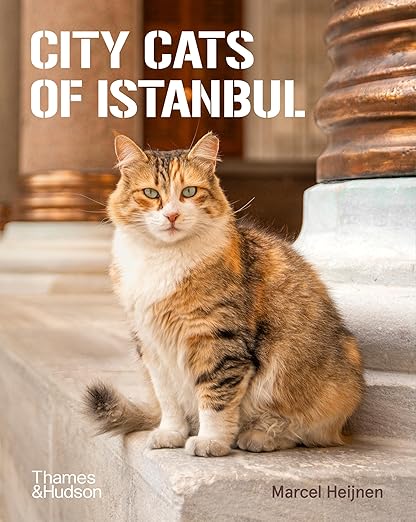
Shop Cats of China, Thames & Hudson, 2021
Shop Cats of Hong Kong, Thames & Hudson, 2021
Spot The Shop Cat, Licht Ltd, 2020
Hong Kong Garage Dogs, Licht Ltd, 2018
Hong Kong Market Cats, Licht Ltd, 2017
Hong Kong Shop Cats, AsiaOne, 2016
Residue, AsiaOne, 2013
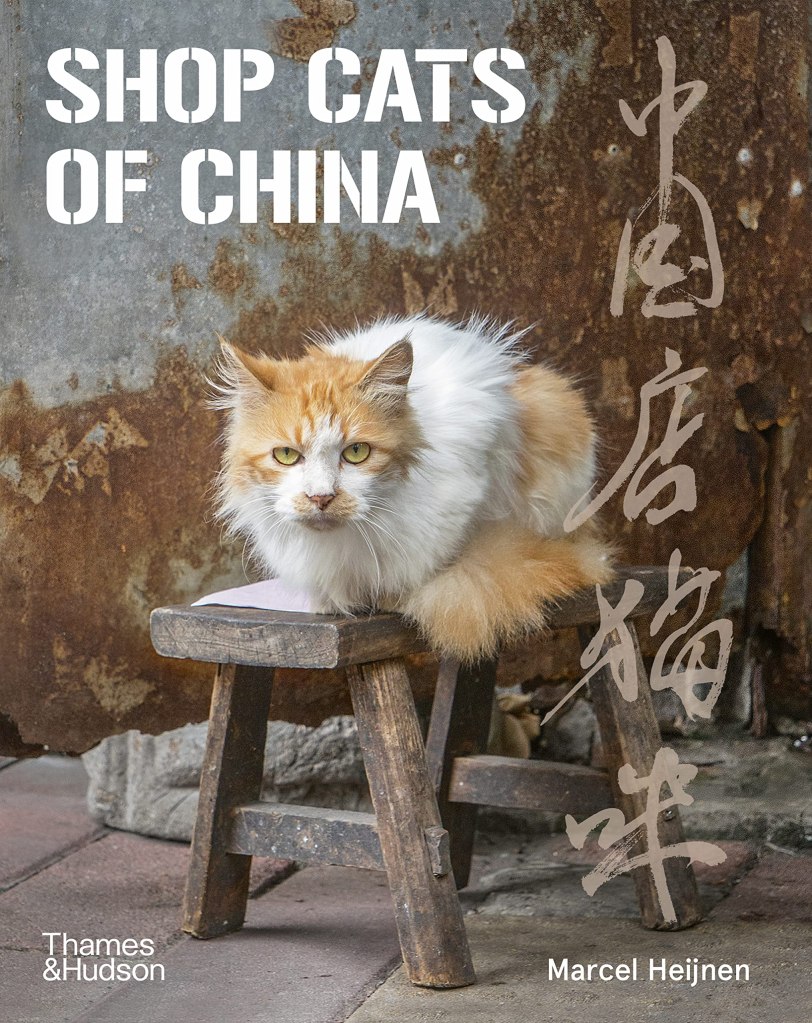
Featured image of Hong Kong on this page by Aleksandar Pasaric on Pexels.com
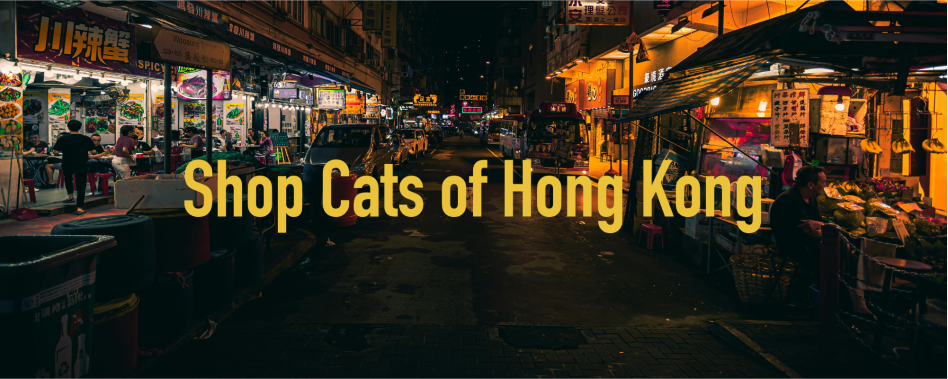
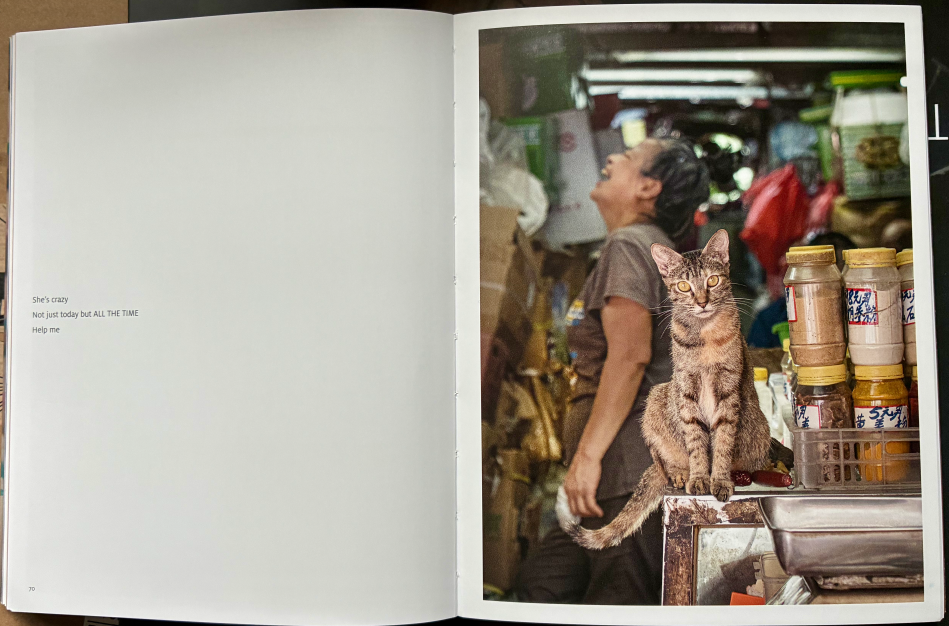
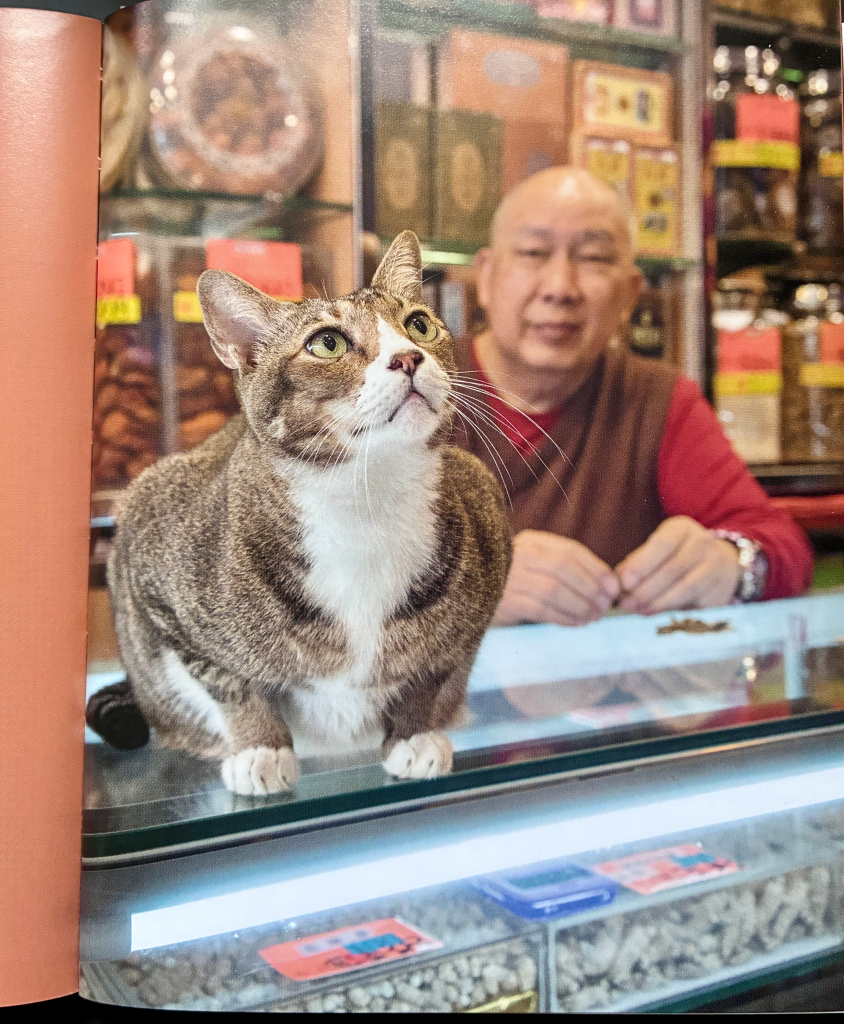
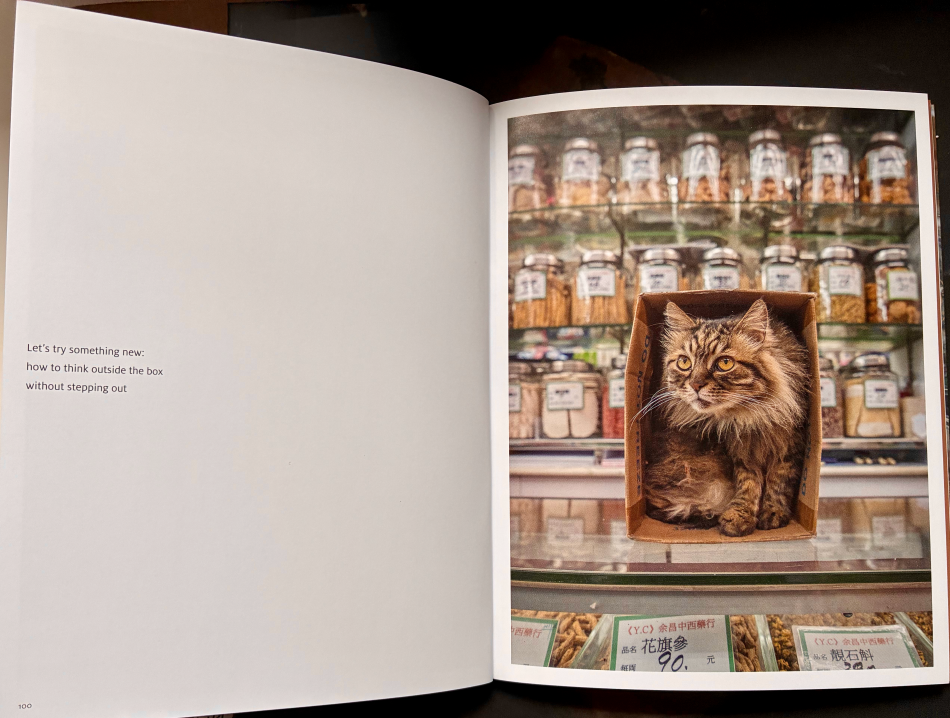
“Her royal highness” op bl. 59 is uiters bevoorreg om met soveel tere liefde bejeën te word. 😻